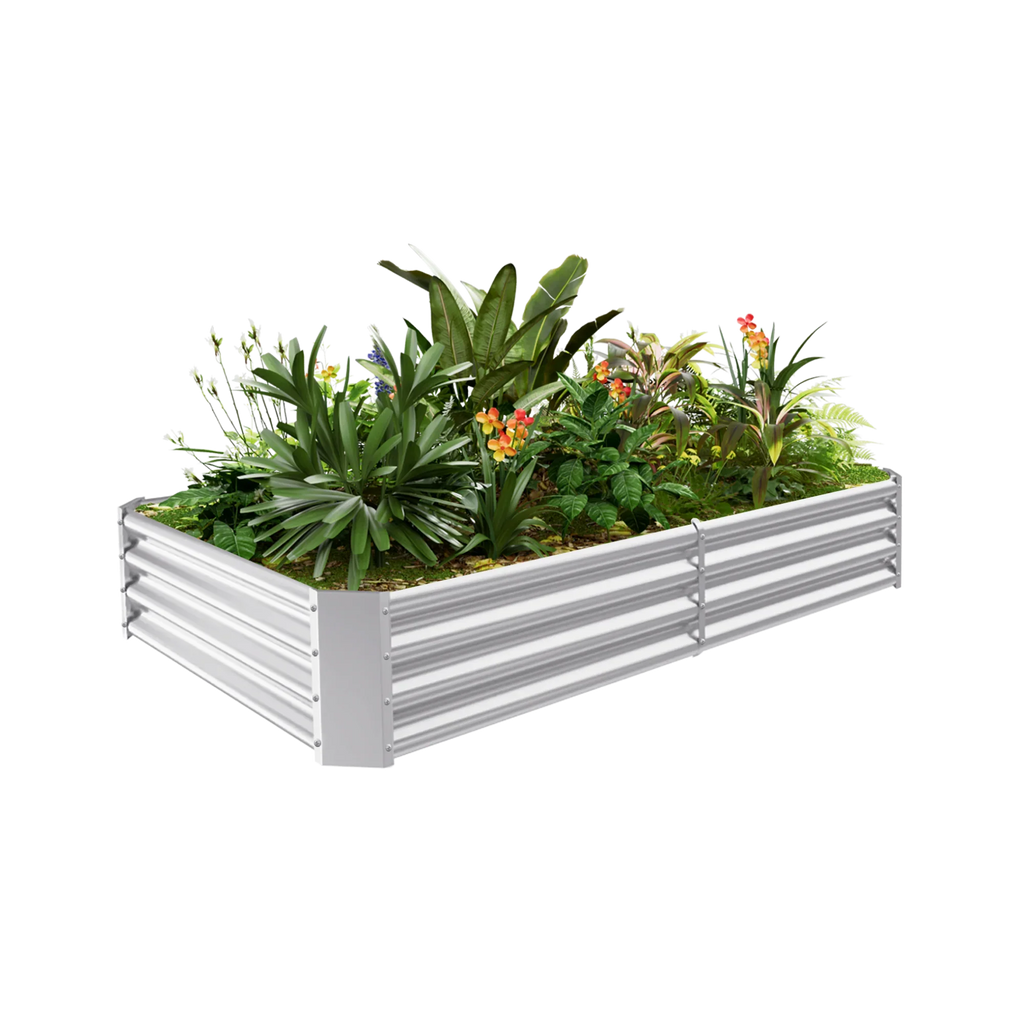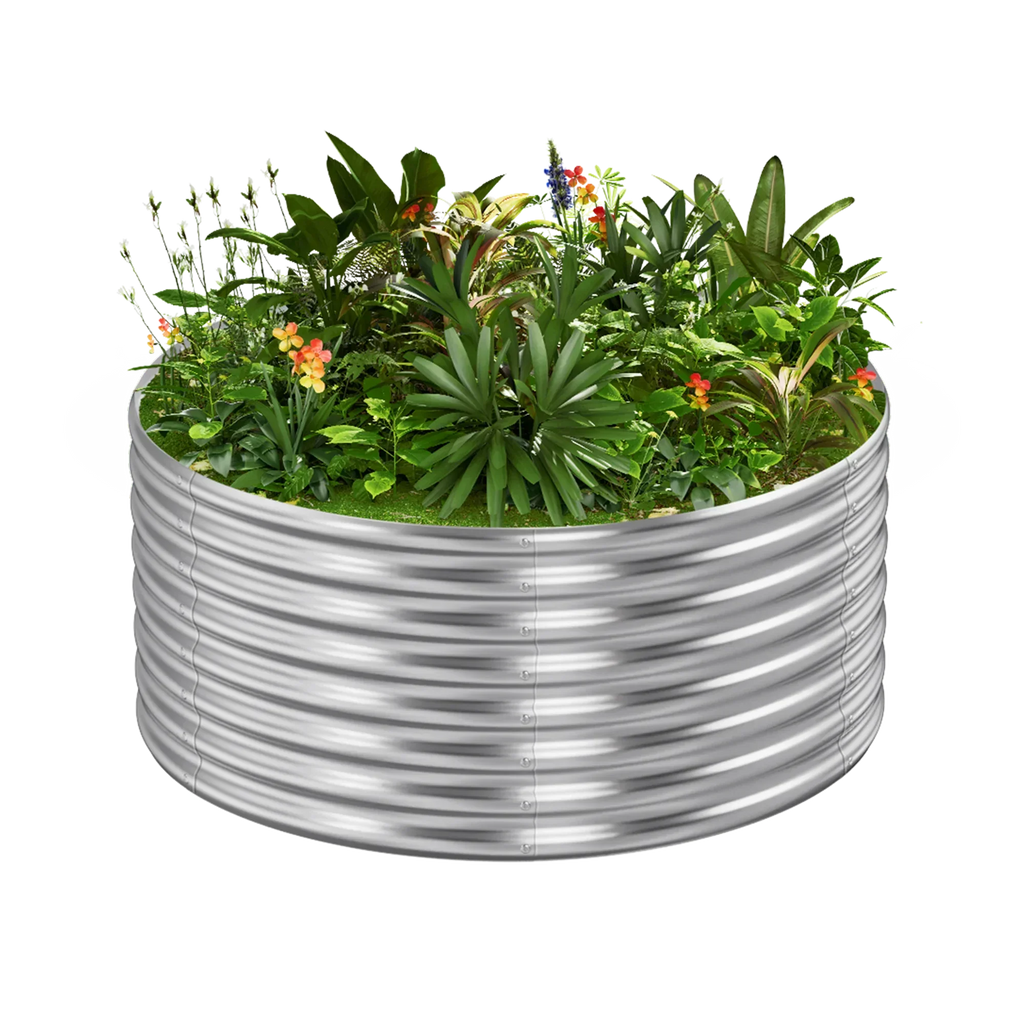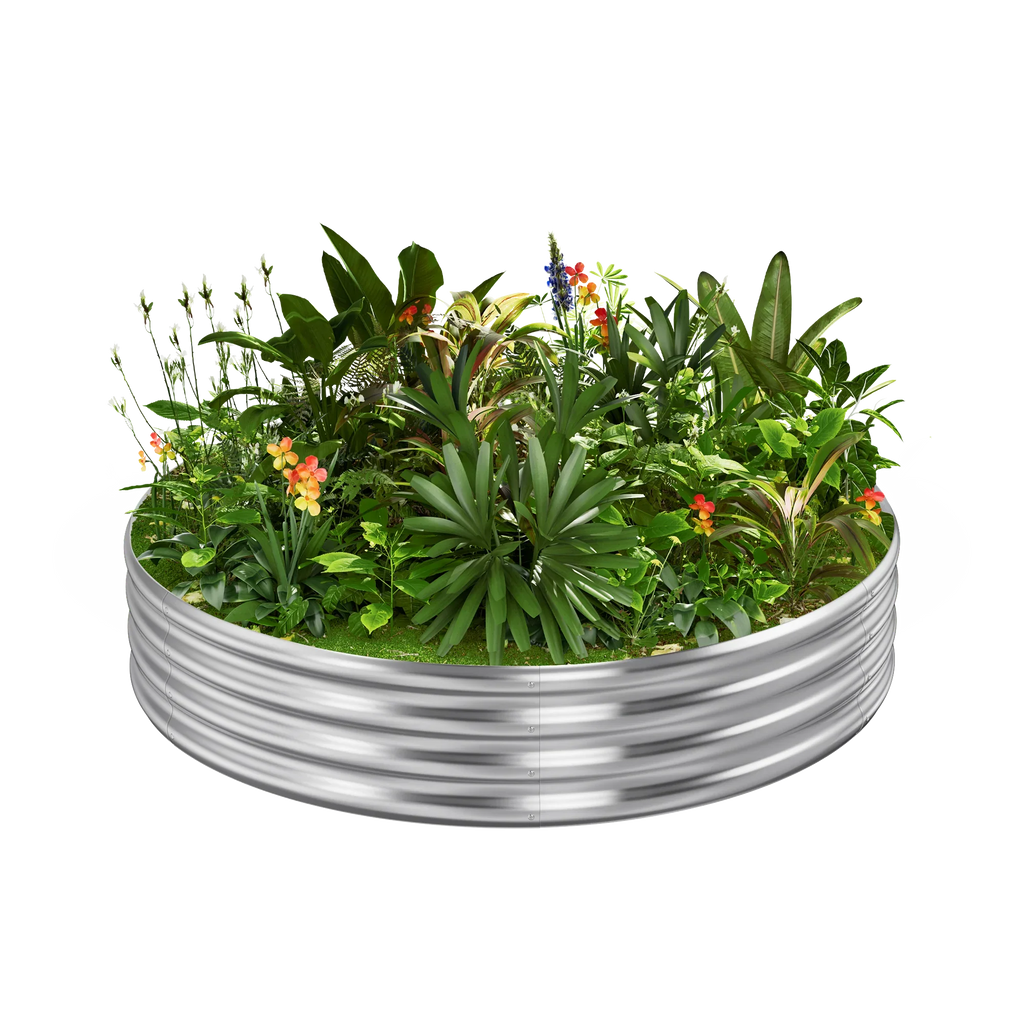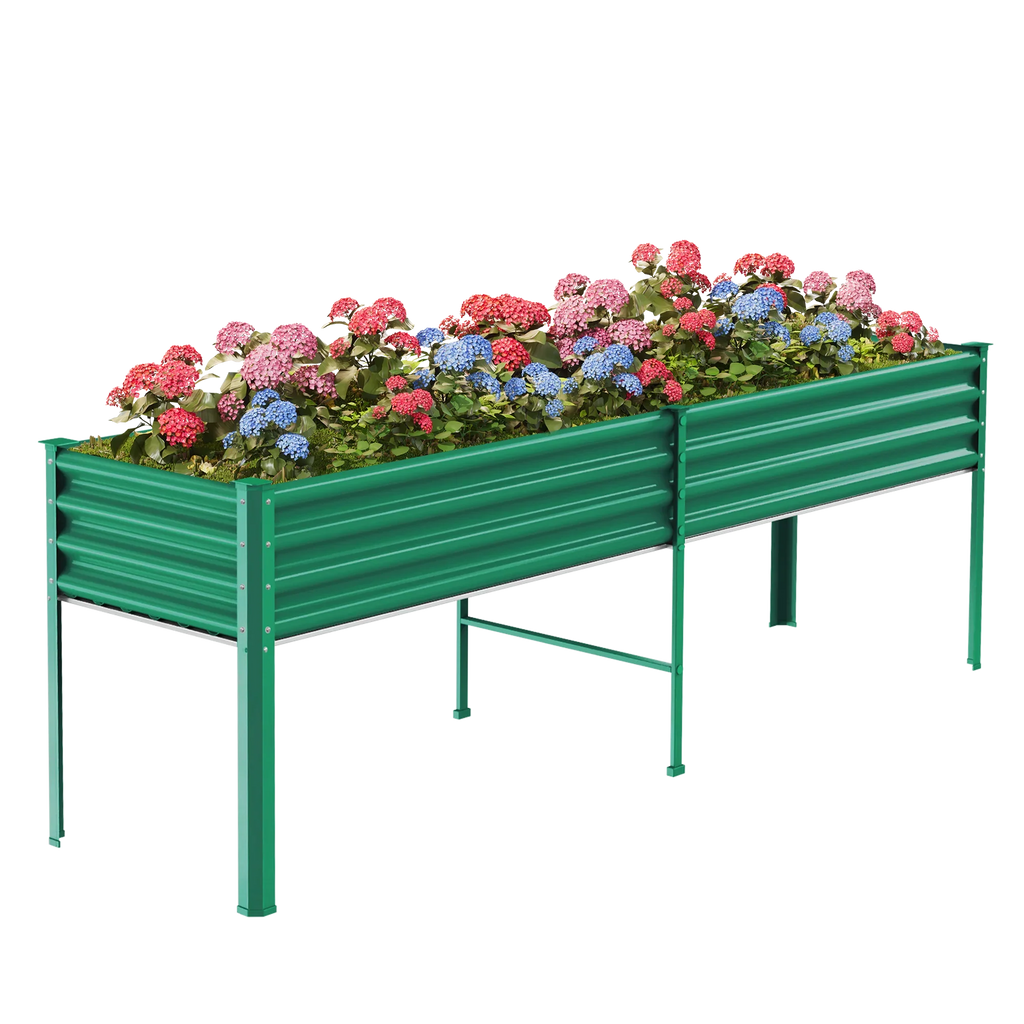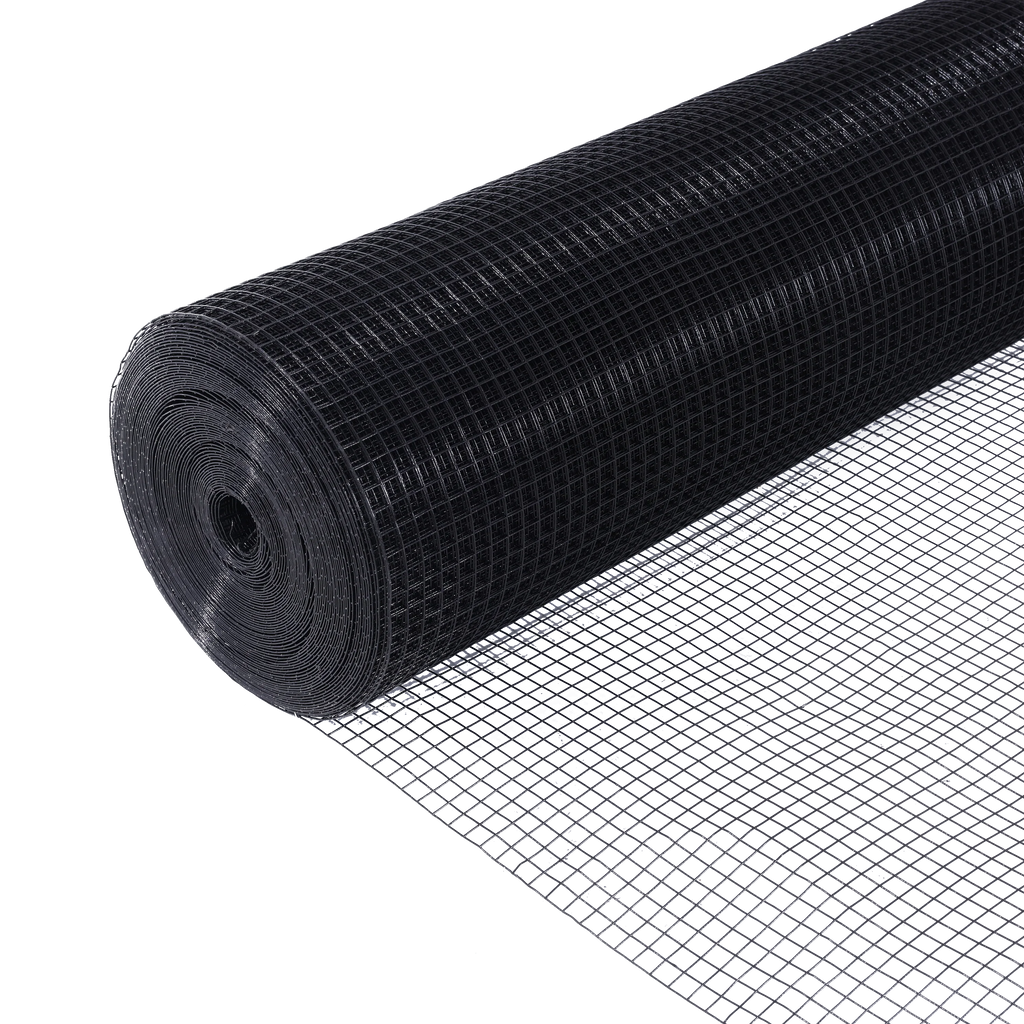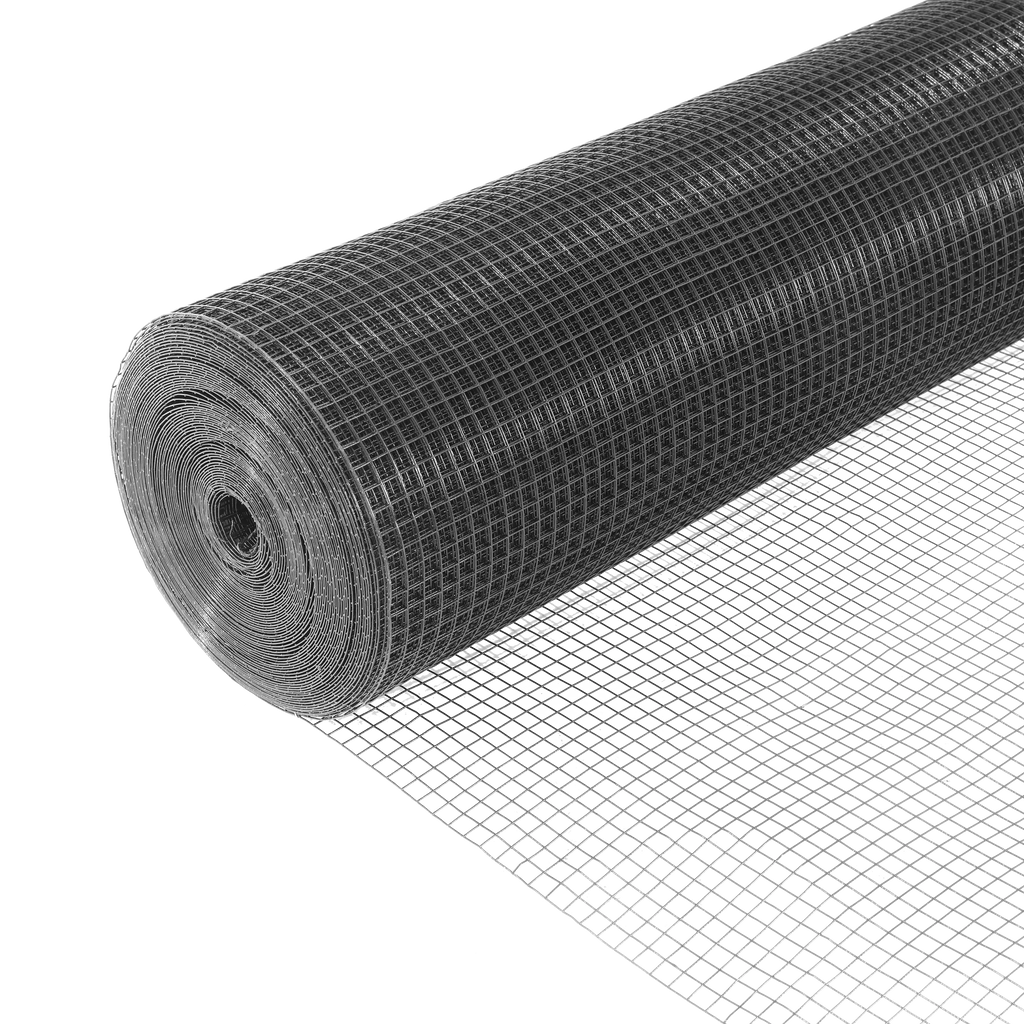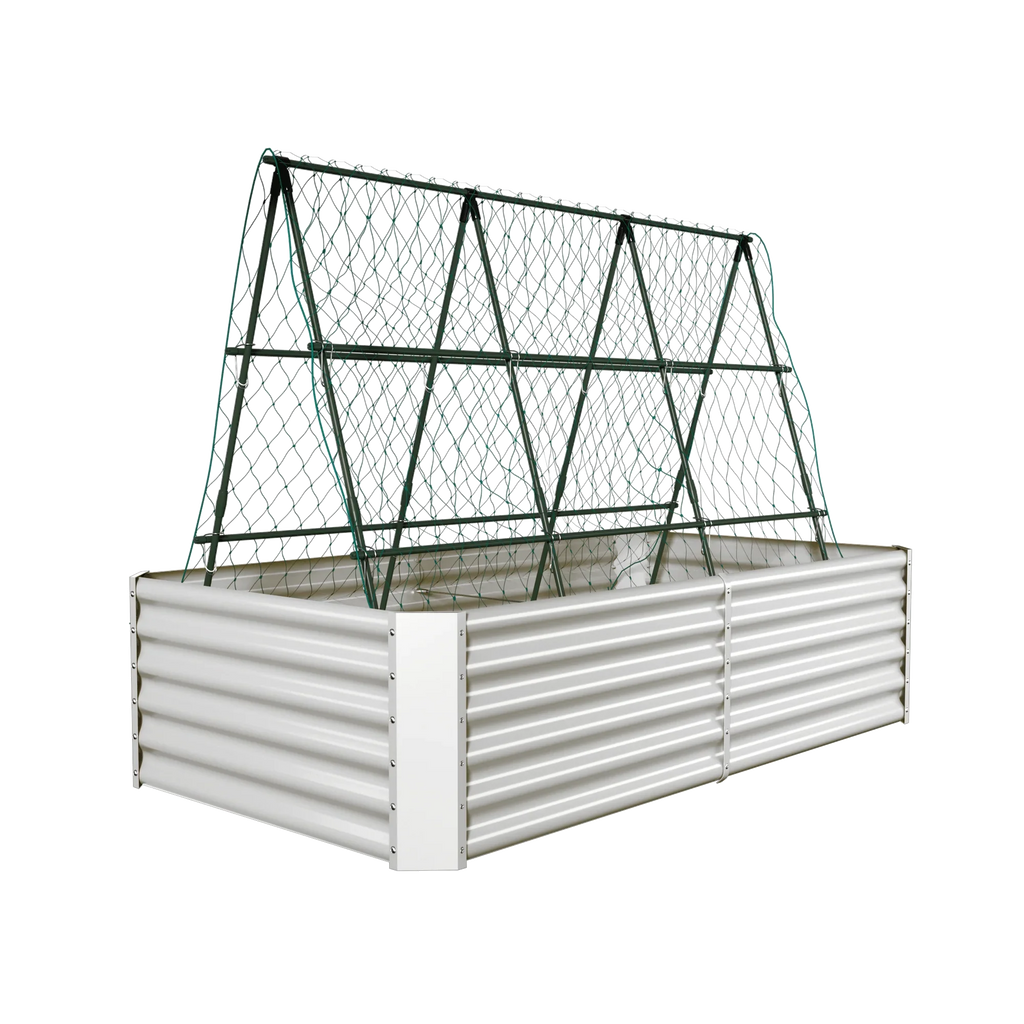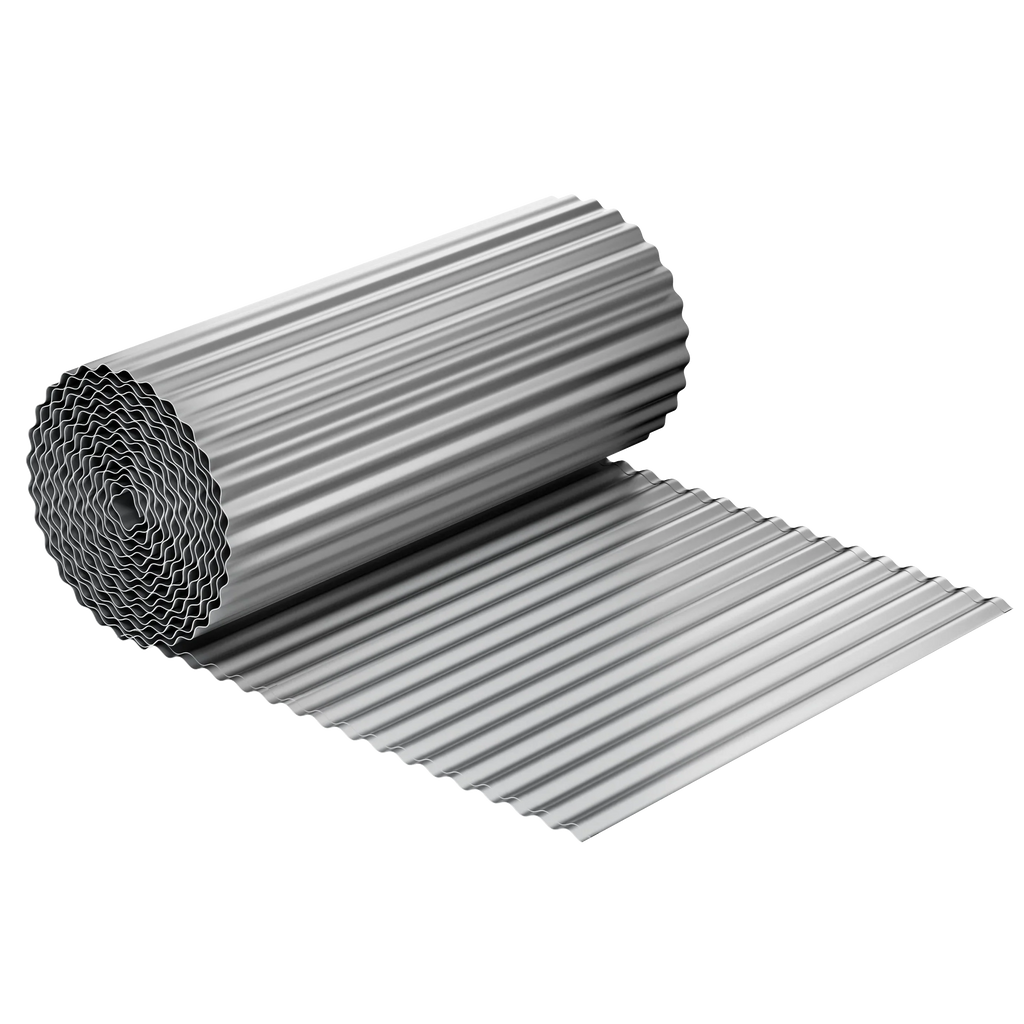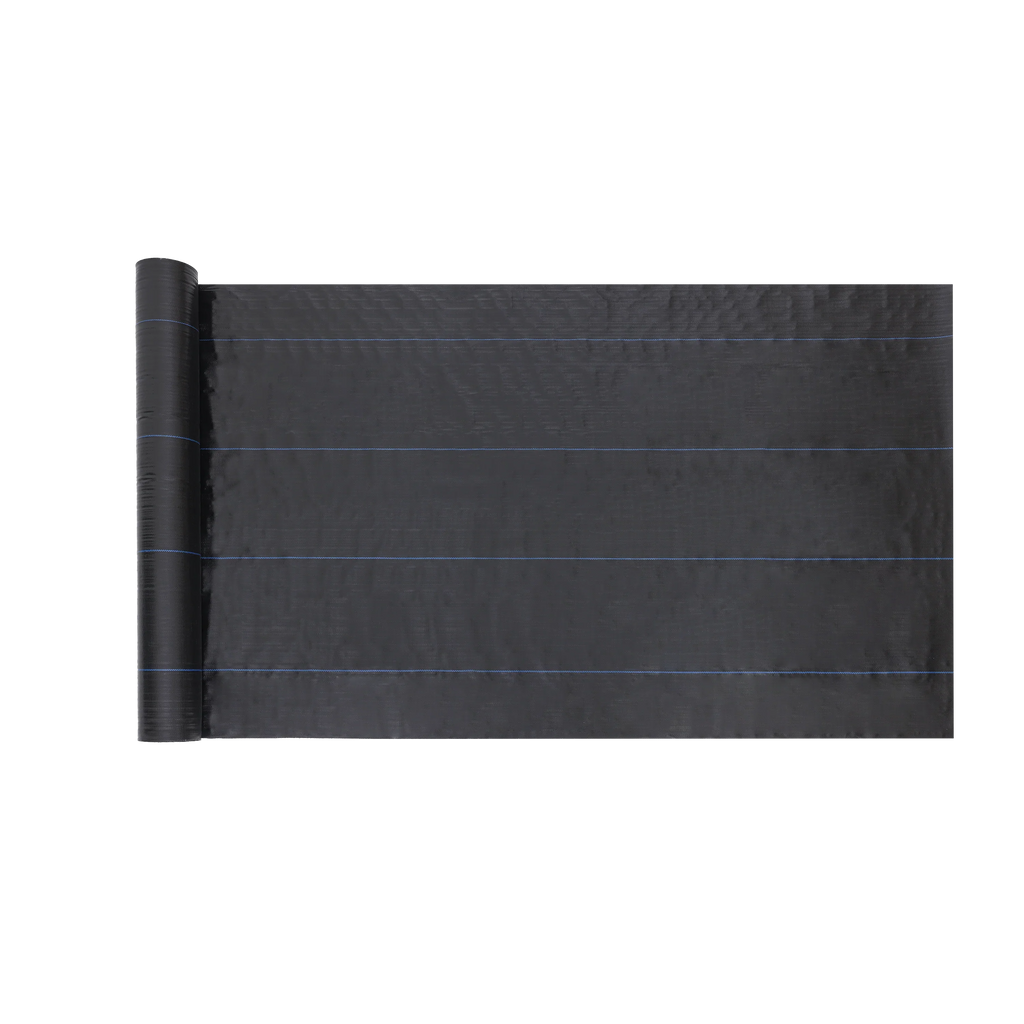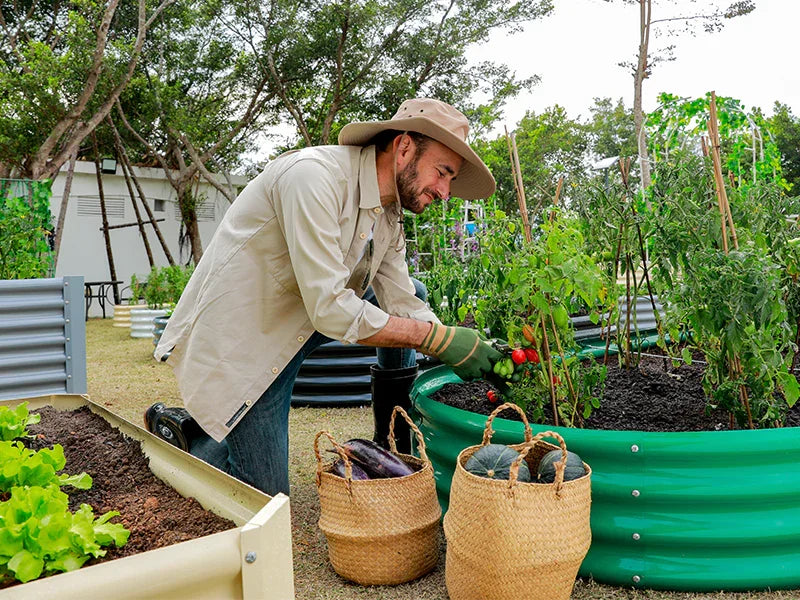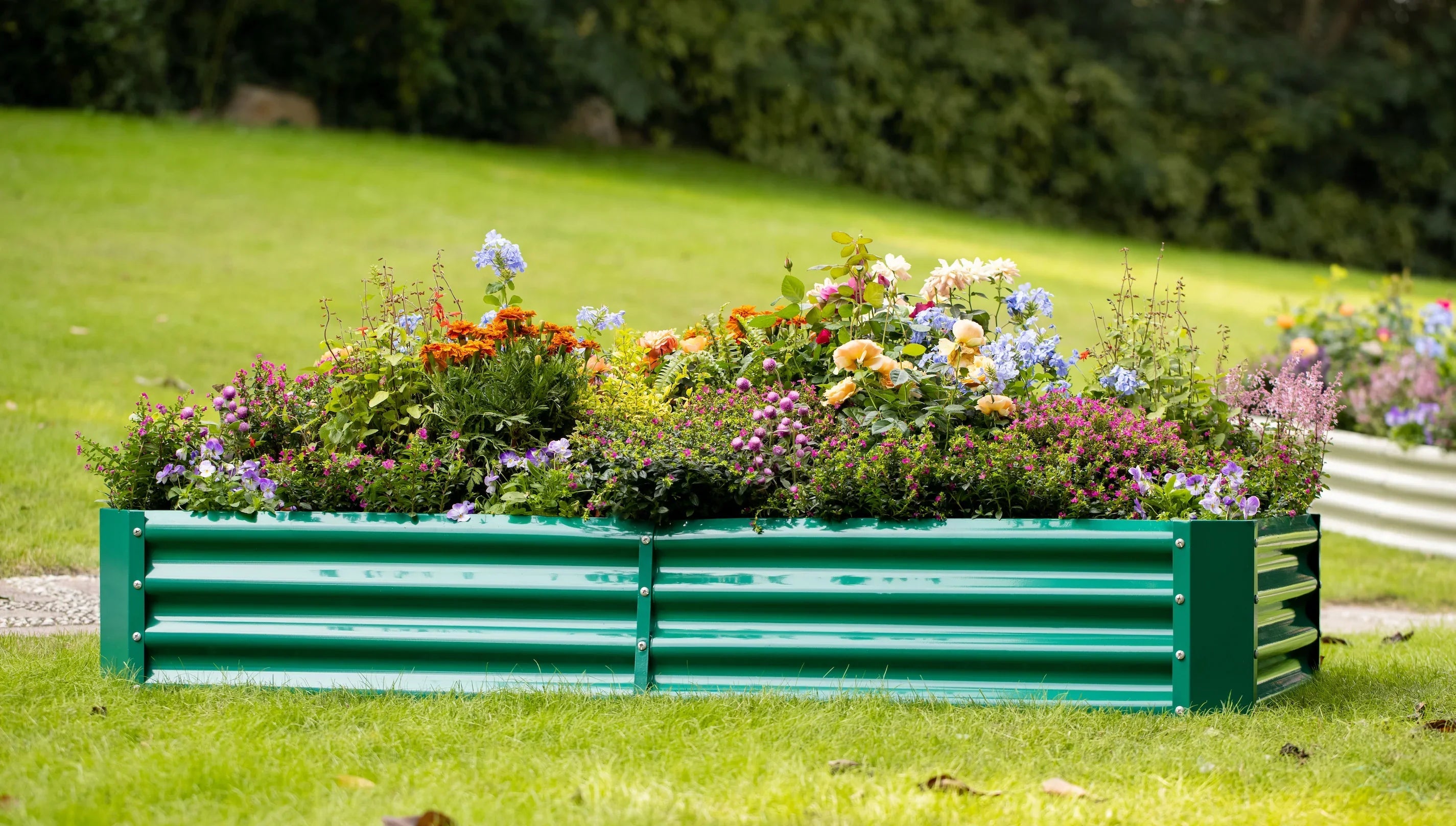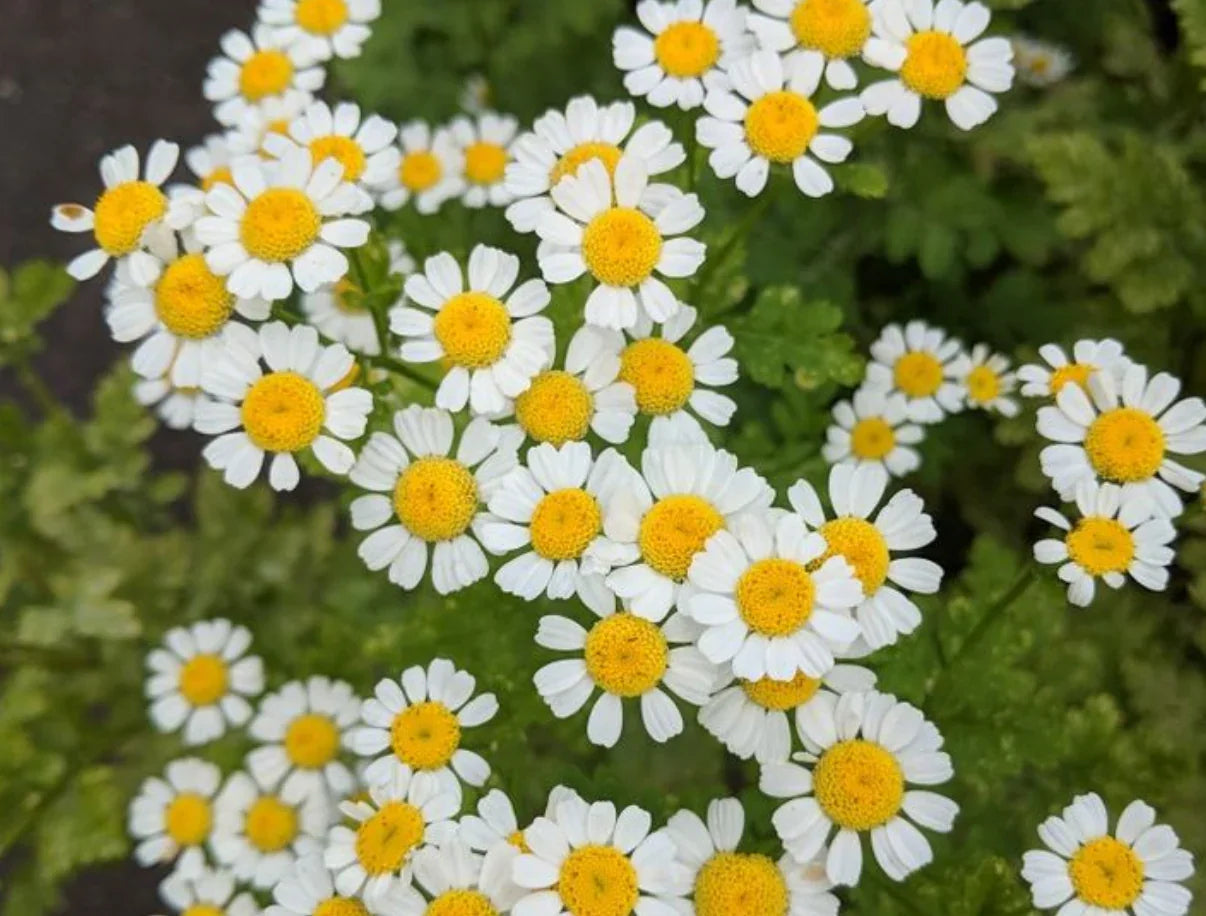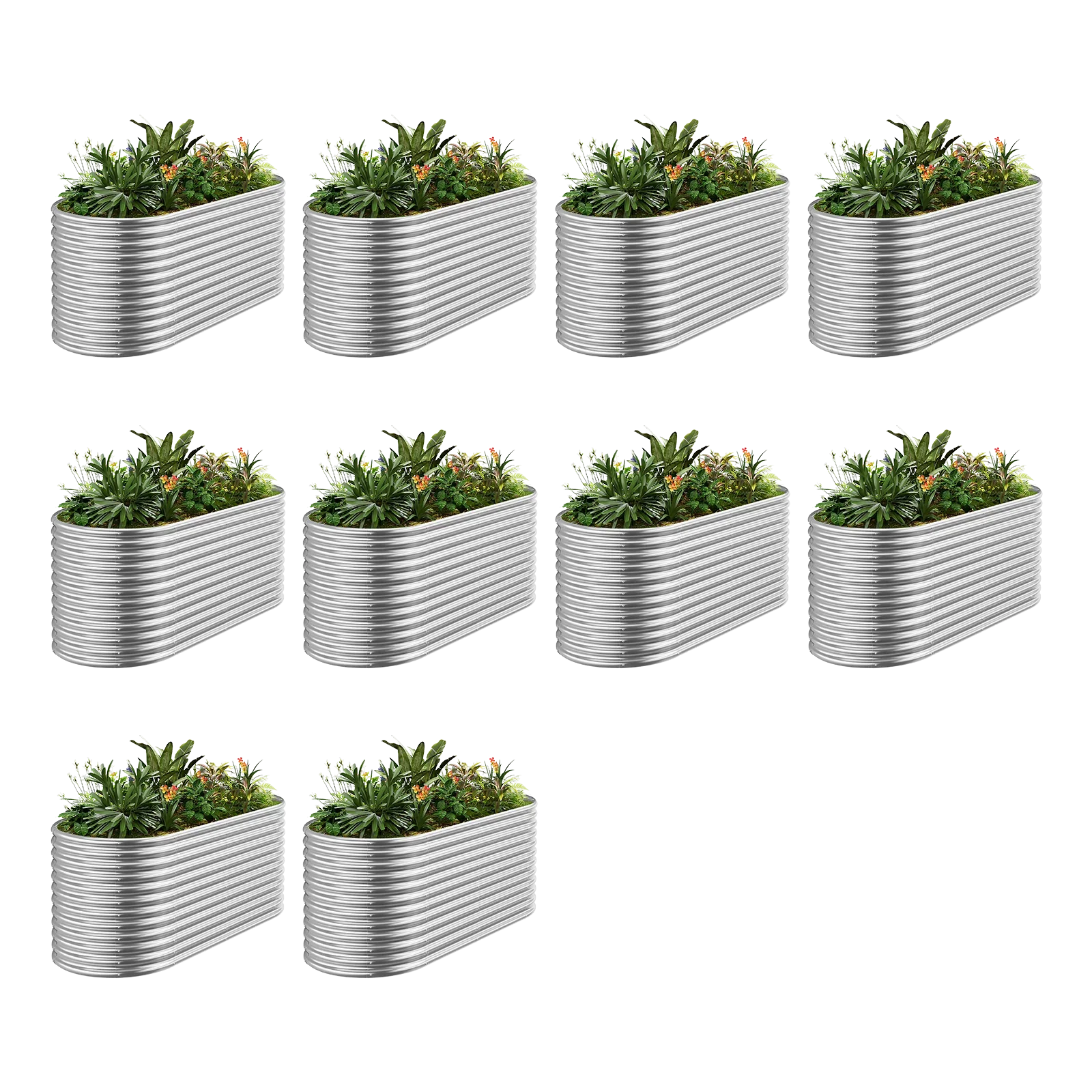Growing tomatoes in a raised garden bed is a rewarding experience—until you notice dark, sunken spots on the bottom of your fruits. This is blossom-end rot, a frustrating condition that can ruin your harvest. Luckily, with the right knowledge, you can prevent it from happening and treat it if it does. In this guide, we’ll walk you through what causes blossom-end rot, why raised beds can make it more likely, and the practical steps you can take to keep your tomatoes healthy.
What Causes Blossom-End Rot?
Blossom-end rot isn’t a disease or a pest problem—it’s a disorder caused by a lack of calcium in the developing tomato fruit. You might see a brown or black patch form at the blossom end (the bottom) of the tomato, which eventually turns leathery and sunken. Even if your soil has enough calcium, the plant might not be able to use it properly. Things like uneven watering, hot weather, or fast growth can mess with calcium delivery, leaving your tomatoes vulnerable.

Why Raised Garden Beds Can Be Tricky
Raised garden beds are great for growing tomatoes because they drain well and warm up quickly in spring. But there’s a downside: the soil dries out faster than in regular garden beds, especially on hot days. When moisture levels swing from wet to dry, it’s harder for tomato roots to pull in calcium. Plus, the limited space in a raised bed can lead to rapid growth spurts, which increase the plant’s need for calcium even more. That’s why this problem often pops up in raised beds.
How to Prevent Blossom-End Rot
The best way to deal with blossom-end rot is to stop it before it starts. Here’s what you can do:
· Water Evenly: Tomatoes love consistent moisture. Aim to give them 1-2 inches of water each week, and water deeply so it reaches the roots. Adding a layer of mulch—like straw or wood chips—helps keep the soil from drying out too fast.
· Prep Your Soil: Before planting, mix in some compost or aged manure to hold moisture better. Check your soil’s pH too—it should be between 6.2 and 6.8 for calcium to work its magic.
· Add Calcium: Toss some crushed eggshells or bone meal into the soil when you plant. Later, when flowers appear, you can spray the leaves with a calcium solution for extra support.
· Don’t Overdo Fertilizer: Too much nitrogen makes plants grow fast, which can lead to rot. Stick to a balanced fertilizer and follow the directions.
What to Do if Blossom-End Rot Shows Up
Already seeing those ugly spots? Don’t give up—here’s how to handle it:
· Pick Off Bad Fruits: Remove any tomatoes with rot so the plant can focus on the healthy ones.
· Fix Your Watering: Check the soil—if it’s dry, water more often; if it’s soggy, improve drainage with organic matter. Consistency is key.
· Give a Calcium Boost: Spray the leaves with a calcium product. It won’t fix the rotten fruits, but it’ll help the new ones grow strong.
· Keep Watching: Stay on top of your plants’ needs and tweak your routine as you go.
Extra Tips for Raised Bed Success
Want to give your tomatoes an edge? Try these:
· Pick Tough Varieties: Some tomatoes, like ‘Celebrity’ or ‘Mountain Pride,’ handle blossom-end rot better than others.
· Try Drip Irrigation: It keeps water steady and takes the guesswork out of watering.
· Check Soil Moisture: Use a moisture meter or just dig your finger in an inch—if it’s dry, it’s time to water.
Wrap-Up
Blossom-end rot can feel like a punch in the gut, but it doesn’t have to ruin your tomato season. With steady watering, good soil prep, and a little calcium TLC, your raised garden bed can produce a bumper crop. Start these habits now, and you’ll be enjoying juicy, spot-free tomatoes in no time!











